LATERALITY ACTIVITIES
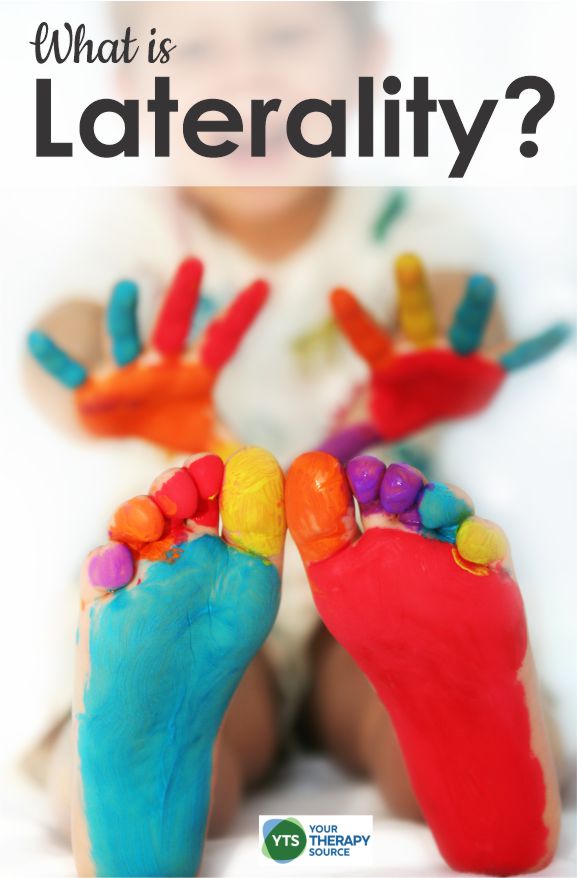
When people think of activities that help with brain development, they usually think of things like puzzles, reading, and writing. But what about activities that focus on developing the left or right side of the brain? These laterality activities for kids can be a great way to help students learn more about their own brains and how they process information. BONUS: Download a FREE coloring page of the brain at the bottom of this blog post.
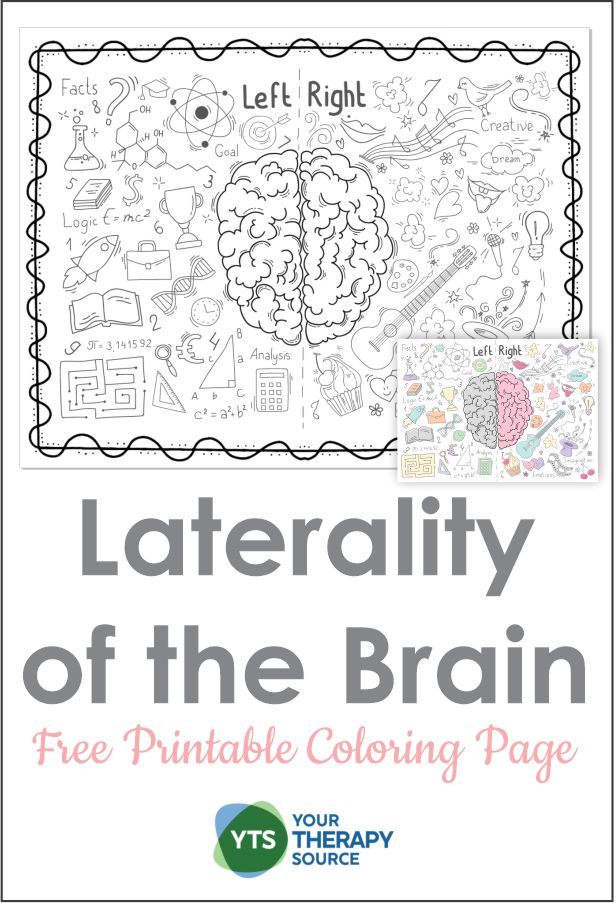
WHAT IS LATERALITY?
Laterality is the term used to describe the dominance of one side of the brain over the other. An easy way to figure out your laterality is to analyze your hand dominance. Most people are right-handed, which means that their left brain is dominant. This doesn’t mean that the right brain isn’t important, though. The two sides of the brain work together to establish body awareness, and help us think, learn, and remember things.
Left Brain Functions Include:
- Analytical thinking
- Logical thinking
- Sequential processing
- Math and science skills
Right Brain Functions Include:
- Creativity
- Intuition
- Emotional processing
- Artistic ability
This isn’t to say that left- or right-handedness completely determines how one learns, but it helps us understand how the brain works a little better, especially during the learning process.
HOW DOES LATERALITY DEVELOP?
It is thought that laterality can start to develop in the womb. Babies who are right-handed tend to move their right hand more, and those who are left-handed tend to move their left hand more. Not all experts agree, but this hand preference can be seen in the first two years of life (Michel et al, 2016). As young children start to do more with their hands like eating, scribbling, and tool use (like scissors, crayon/marker, pen/pencil, knife/fork), it becomes more evident which hand is dominant. Preschoolers usually begin to establish dominance, and elementary school students are usually aware of their dominant hand.
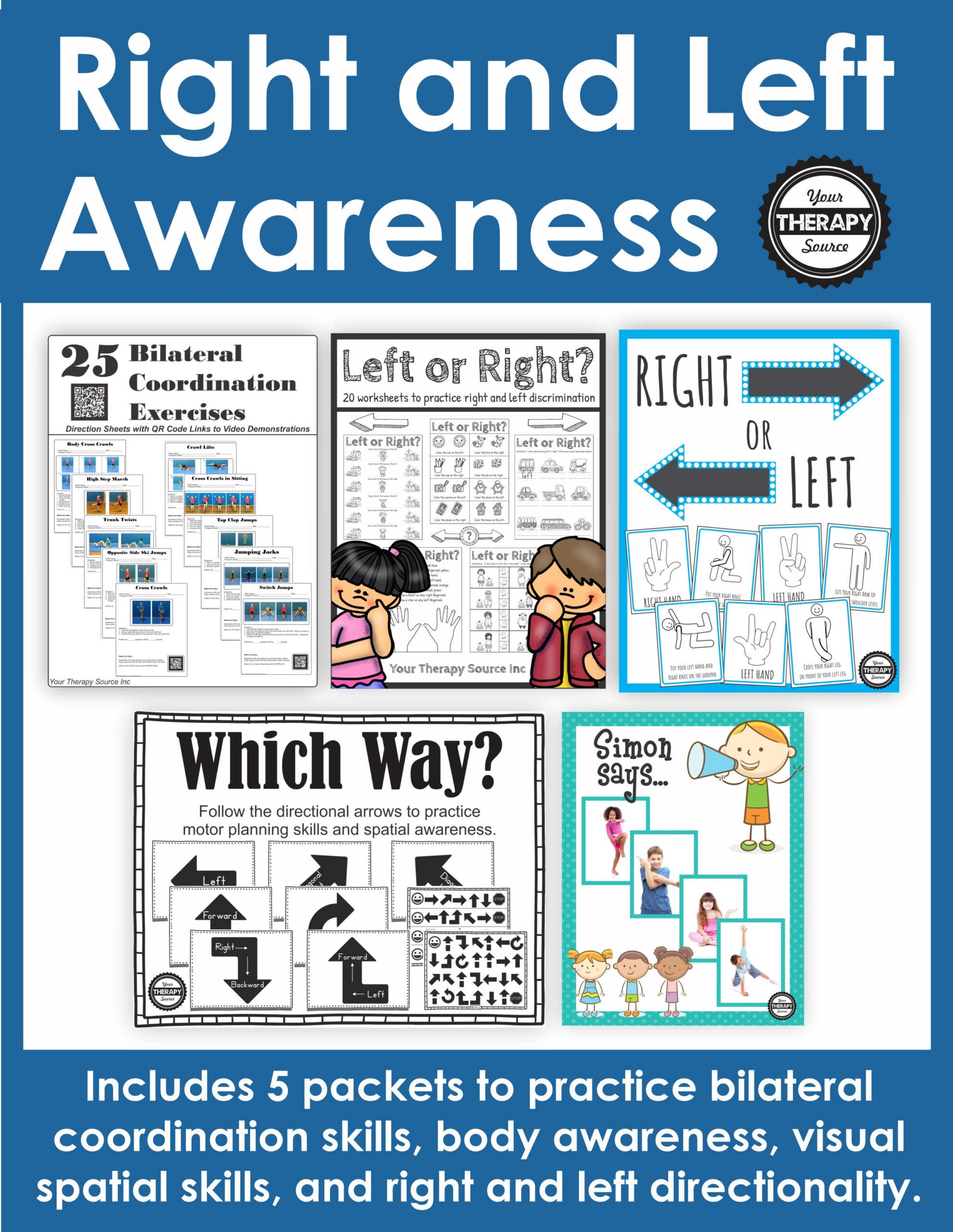
Right and Left Awareness Bundle
WHY IS LATERALITY IMPORTANT?
Laterality is important because it helps us understand how we process information. If we know that we are left-brained, we can focus on developing our analytical and logical skills. If we know that we are right-brained, we can focus on developing our creative and intuitive skills. Understanding our own laterality can help us learn in the way that works best for us, and how our students learn best. Paying attention to the laterality of their hands can tell us something about how they learn, and can help us set them up for academic success.
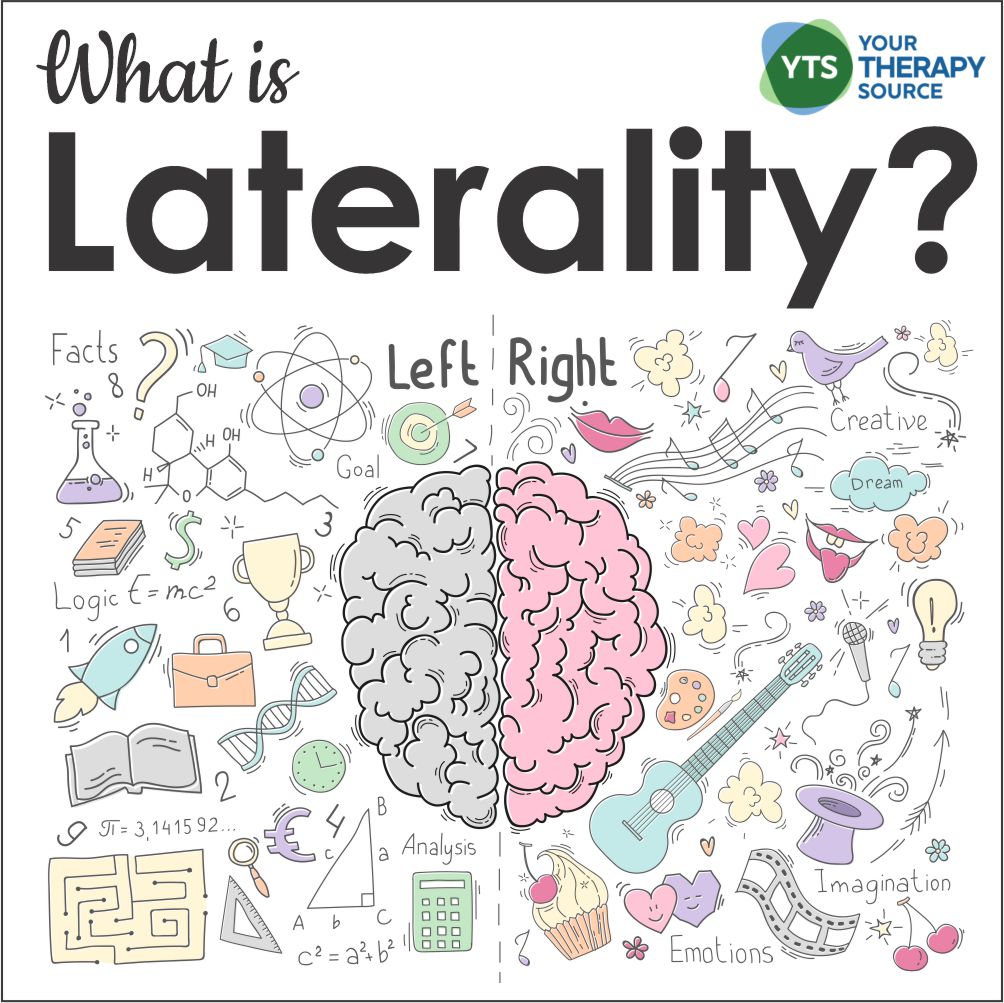
HOW DO YOU TEACH LATERALITY?
Teaching laterality is challenging because it is a complex concept, but there are a few key things that you can do to help your older students understand it.
- Start by explaining what laterality is. This is the foundation that students will need in order to understand the rest of the concept.
- Explain how laterality develops. This will help students understand why laterality is important.
- Introduce laterality activities to demonstrate the concept. Put a pencil on a table and tell your student to pick it up. Did they use their dominant hand? Roll a ball to them. Most likely they will kick the ball with their dominant foot. Play Follow the Leader games and ask your students to show me your right hand, show me your left foot, wave your left arm and more. These activities are a great way for students to learn more about their own brains and how they process information.
By taking the time to explain laterality and introducing laterality activities, you can help your students learn more about their brains and how they process information.
GAMES AS LATERALITY ACTIVITIES
Need a fun way to help students learn about their brains and how they process information? Laterality games are perfect for this! They help with body and spatial awareness as well.
Simon Says
This classic game is a great way to get students thinking about laterality. To play, have students stand in a circle. One student will be the Simon and will give commands to the other students. The other students must only obey the commands if Simon starts the command with “Simon says”. For example, Simon might say “Simon says touch your knee” or “Simon says stand on your right foot”. Check out these 100 Simon Says ideas.
Notice students have to pay attention to where their body parts are located, and how they naturally use one hand over another to point quickly. They also have to think about where their left and right are located, which could also bring more awareness to which one is dominant.
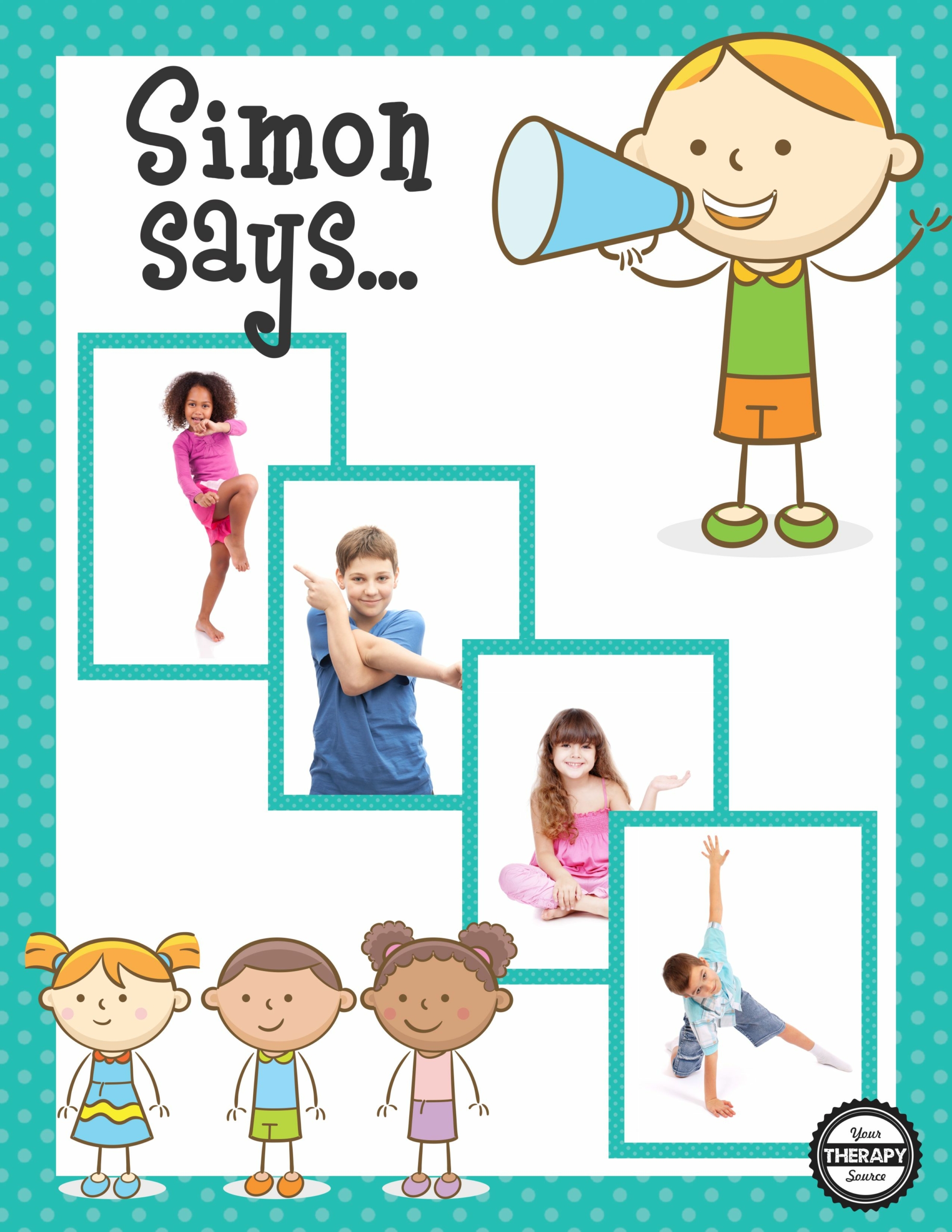
Simon Says
Do As I Do
In “Do As I Do” students also have to take laterality into consideration. To play, have students sit in a circle. One student will be the leader and will start by doing an action. The other students must copy the leader’s action. The leader can change the action at any time, and the other students must follow along. For example, the leader might clap their hands or touch their nose.
If the leader uses their right hand to touch their knee, and a student goes to point with their left, they have been made aware of their laterality. This game raises awareness of laterality.
GROSS MOTOR SKILLS AND BODY AWARENESS ACTIVITIES
When you want your students to develop their gross motor skills, laterality activities can be great. They help students become more aware of their bodies and spatial relations. These activities can also be used to help students who are struggling with coordination or balance.
- Practice standing on your right foot. Practice standing on your left foot. Have students stand up and identify which foot they feel most comfortable standing on. This is a great way to get students thinking about how they use their bodies and which side is dominant.
- Students can close their eyes and raise one arm. Then, have them identify which side they feel most comfortable raising their arm on. This activity can help students become more aware of their body and how it moves through space.
- Try different yoga poses. This activity can help students become more aware of their body and how it moves through space.
- Have students sit in a circle and complete different exercises that encourage crossing midline or games.
- Try exercises that require the students to use both sides of the body. The cross crawl exercises are a great example of this type of laterality exercise. Teach your students how to do a jumping jack.
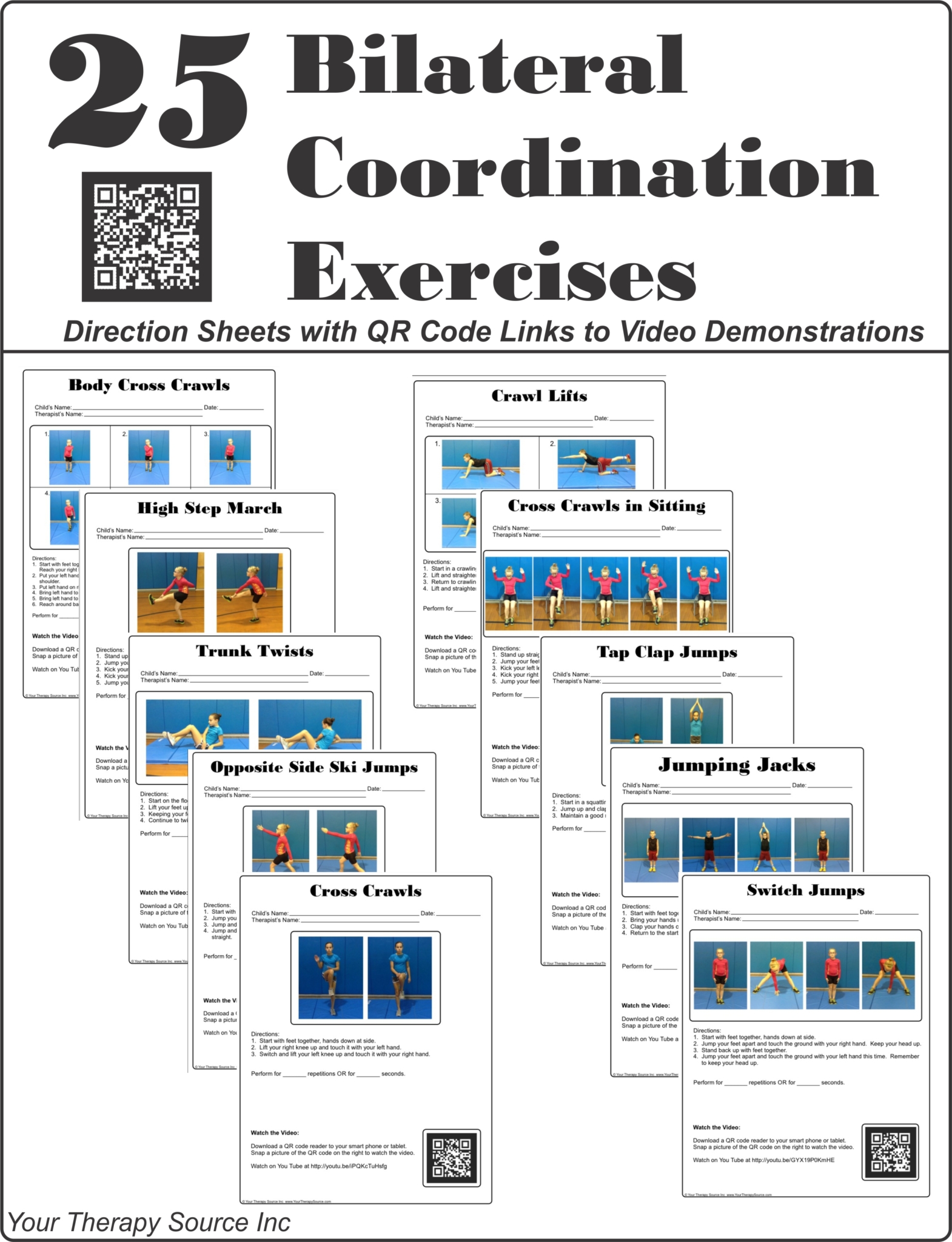
25+ Bilateral Coordination Exercises
LATERALITY ACTIVITIES FOR FINE MOTOR SKILLS
Laterality activities can also help students develop fine motor skills. These activities can be used to help students who are struggling with coordination or dexterity.
- Have students trace their hands on a piece of paper. As they trace their hands, have them identify which hand they feel most comfortable using. This activity can help students develop fine motor skills and coordination.
- Play hand clapping or finger games using both hands. This activity can help students develop fine motor skills and coordination.
- Have students cut out shapes from paper or some other craft or game that uses scissors. As they cut, have them identify which hand they feel most comfortable using. This activity can help students develop fine motor skills and coordination. When students cut paper they are using both sides of the body together – one to hold the paper and one to cut the paper.
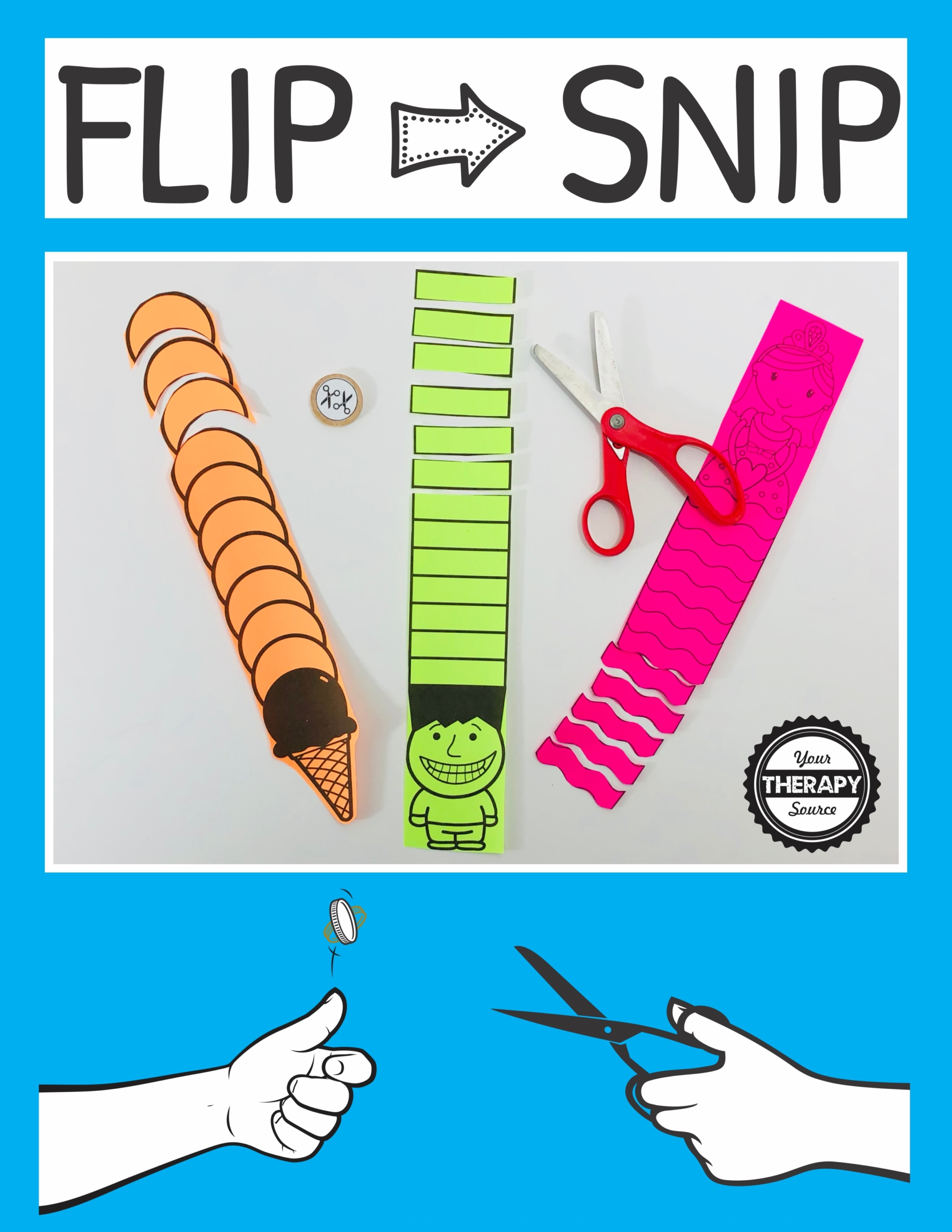
Flip and Snip Scissor Practice Game
- Have students thread beads onto a string. As they thread the beads, have them identify which hand they feel most comfortable using. This activity can help students develop fine motor skills and coordination.
LATERALITY ACTIVITIES FOR COGNITIVE DEVELOPMENT
Students can also develop their cognitive skills with laterality activities. These activities can also be used to help students who are struggling with memory or attention.
- Practice spelling words when tossing a bean bag back and forth to a partner. This activity can help students develop memory and attention skills.
- Have students solve a puzzle such as tangrams. As they solve the puzzle, they are using creativity (right side of brain) with logic (left side of brain). This activity can help students develop problem-solving and attention skills.
- Play counting games while performing an exercise. Can you count by 5’s while jumping on one foot? Try Yoga Skip Counting.
In these activities, students are strengthening their intellectual abilities, while also summoning awareness to their laterality.
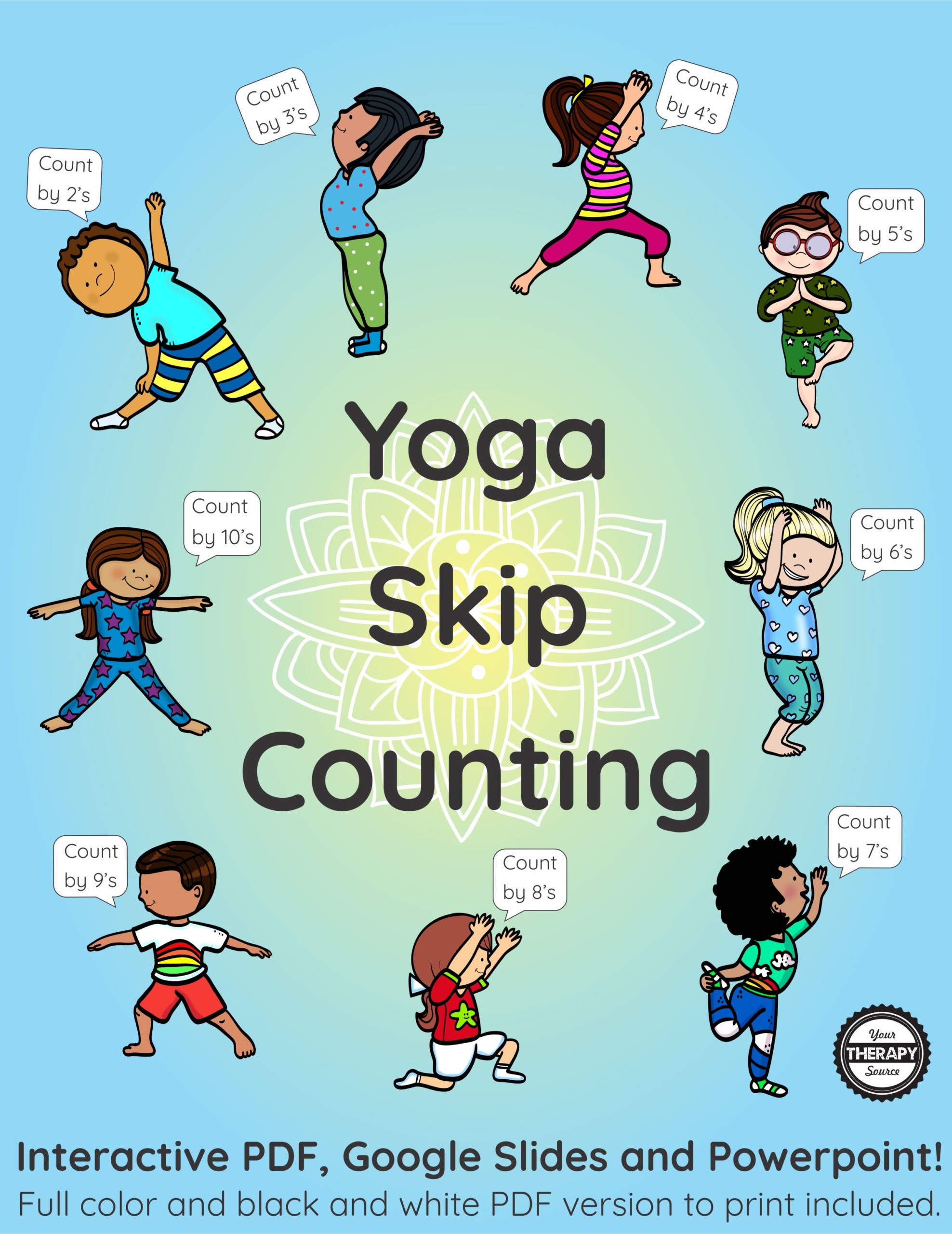
Yoga Skip Counting Brain Break
LATERALITY ACTIVITIES FOR THE CLASSROOM
If you want to get students thinking about how they learn best, laterality activities may really be beneficial. These activities can be used to help students who are struggling in a particular subject.
- Ask students to identify which hand they use most often. This is a quick and easy way to start a discussion about laterality.
- Have students brainstorm a list of things that they are good at. This activity can help students understand their strengths and how they can use them to learn better.
- Give students instances where they can look for and notice their own laterality at home.
Laterality activities are a great way to help students learn more about their brains and how they process information. If you think your students would benefit from Laterality activities, try some of these in your classroom!
HOW DO LATERALITY ACTIVITIES CONTRIBUTE TO LEARNING?
Understanding how our brains work and function is important in learning. The more our students are aware of their laterality, the easier it is for them to figure out how they can learn best. If they are really creative but struggle in math, it may help them to understand that their dominance is in right-brain functions. It will make sense to them that they will have to work a little harder to learn math concepts. Knowledge is power! Use laterality activities to help your students build a sense of their own laterality.
DOWNLOAD YOUR FREE LATERALITY LEFT RIGHT BRAIN COLORING PAGE
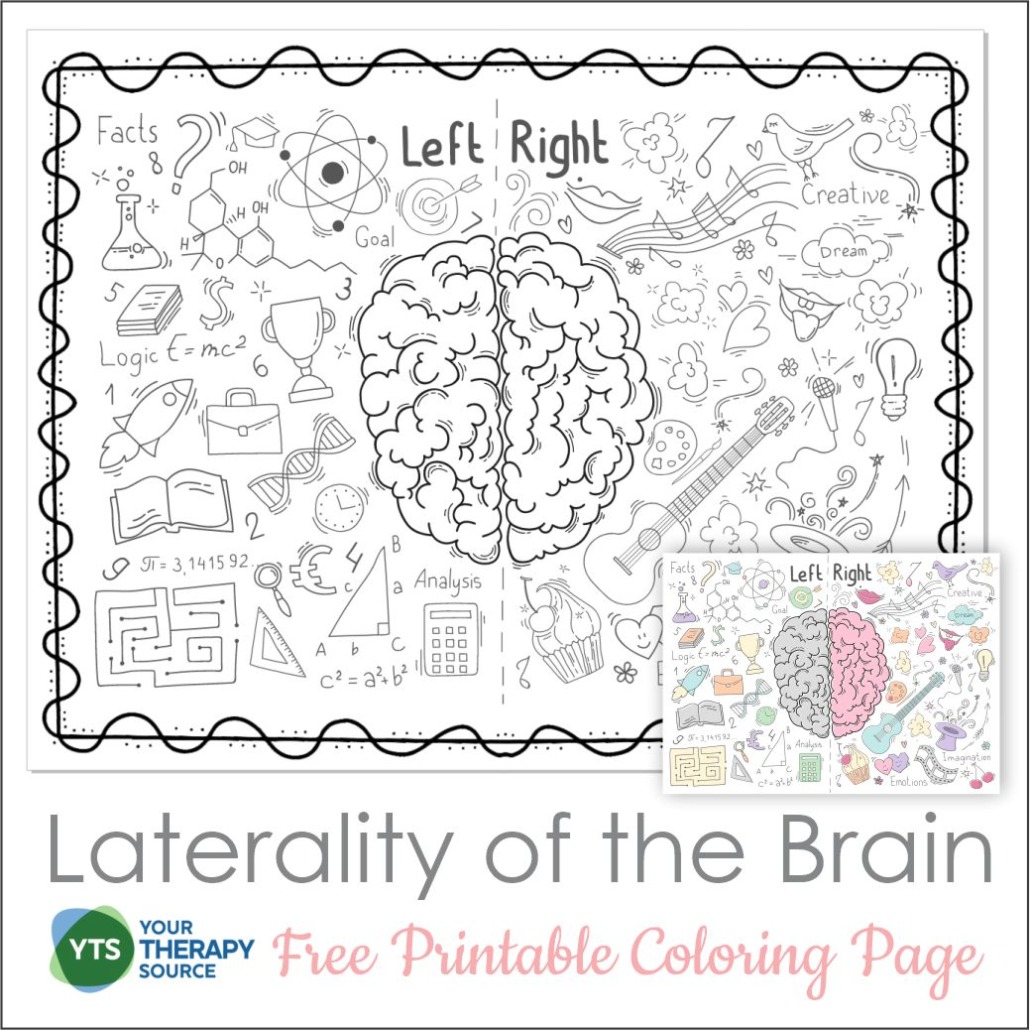
REFERENCES
Michel, G. F., Campbell, J. M., Marcinowski, E. C., Nelson, E. L., & Babik, I. (2016). Infant hand preference and the development of cognitive abilities. Frontiers in psychology, 7, 410.


